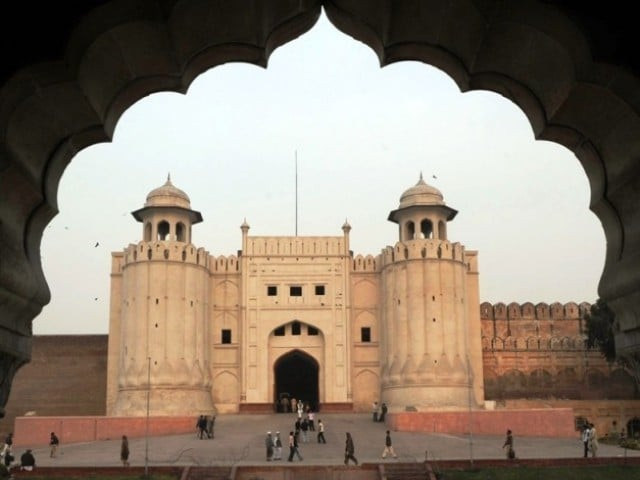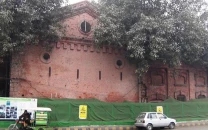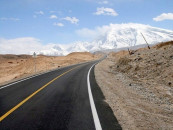Right to the city: Rapid urbanisation: more people in less space
Experts say cities became hub of economic activities with advent of mercantile capital

PHOTO: EXPRESS
This was stated by Rafay Alam, an environmentalist lawyer and an activist while speaking at a session, “What is the right to the city?” in a one-day conference titled, “The right to the city” organised by Haqooq-e-Khalaq Movement (KHM) on Saturday.
The other speakers included Kamran Asdar Ali, a professor of anthropology, Middle East studies and Asian Studies at the University of Texas, Austin and Dr Aisha Ahmed, a PhD scholar in International Development from Oxford University and a faculty member at Shaikh Ahmad Hasan School of Law at LUMS.
Taking the debate further, Alam said he was trying to stop the construction of roads and cutting trees for the past 10 to 12 years. The roads were constructed in the name of the right to mobility and stressed that everyone has the right to mobility. There was equity in right to mobility but it is non-existent in terms of the right to living and other resources.
He said a few years back, a senior officer of Lahore Development Authority told him that only 0.3 million people lived in Defence Housing Authority (DHA). The stretch of DHA is much longer than the other areas. He said everything in the city was man-made. That implied that it was political and also had inequality.
While raising the question who managed the city, he quoted the examples of the power of companies and the lord mayor. He said the mayor commanded fewer people than a company in the city did though he was democratically elected by millions of the residents of the city.
While opening the debate, Aisha Ahmad said historically the cities were meant for political administration. Later on, with the advent of mercantile capital, these also became a hub of economic activity.
Talking about recent construction of the cities, she said these provided grounds for an increase in commodification that meant that health, education, housing and other facilities were being privatised. And, as a result, the common citizens were being lost out. “The solution to it is politics that resists this commodification,” she stressed.
Kamran Asdar Ali said the cities at present were different from those in the 1930s when these were hubs of production units and factories. He said these have become service-oriented while the production has vanished. He said in modern day cities, there was a proliferation of malls, shopping centres, clubs, coffee shops, restaurants. And the price of an item being offered at these centres were as expensive as the salary of a month of a worker employed there. He said there was a certain kind of politics behind that was subsiding a minority on the cost of depriving 66%.
Published in The Express Tribune, October 28th, 2018.



















COMMENTS
Comments are moderated and generally will be posted if they are on-topic and not abusive.
For more information, please see our Comments FAQ